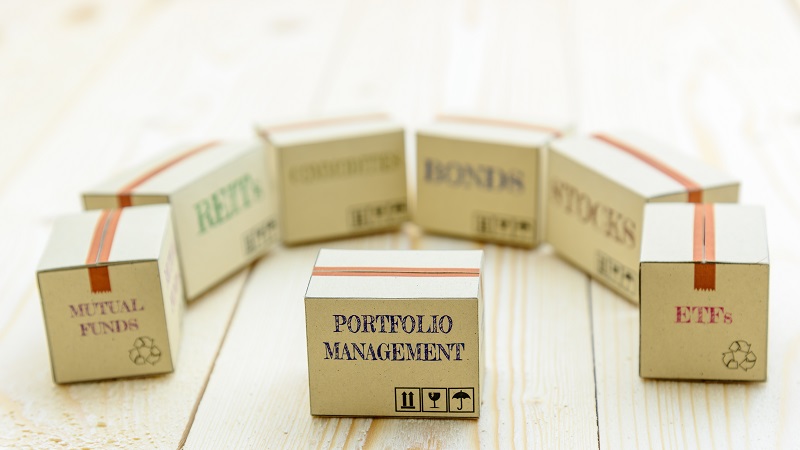Developed market government bonds and UK government bonds have seen the number of buyers exceed sellers in the second quarter ahead of the yield curve inverting, according to Last Word Research.
In August, US 10-year yields fell below the 2-year for first time in a decade sparking recession panic across the UK and US.
In Q2, 17% of UK fund selectors were buying UK government bonds, compared to 13% who were selling in Q2. For developed market government bonds with 22% were buying versus 17% selling.
Bonds overview in Q2 2019

Source: Last Word Research
Anthony Willis, investment manager in BMO’s multi-manager team, said: “Government bonds across all developed markets have seen significant demand as investors anticipate a global slowdown but also the potential for more quantitative easing from the central banks.
“The ECB, only nine months after their €2.6trn QE programme ended, appears on the brink of launching a new stimulus package, of which a significant amount of asset purchases will be government bonds.
“In the absence of inflation, and in the face of slowing economies both the Fed and the Bank of England could embark on more QE, and in the case of a no deal Brexit this seems even more likely in the UK.”
AJ Bell head of active portfolios Ryan Hughes said the figures looked like a classic risk-off trade, particularly in the UK where Brexit risks are increasing. “At the same time, the change in approach from the Fed who were expected to raise rates this year and are now cutting them has convinced investors that there is value in government bonds as more cuts are likely to be needed.”
Octopus Investments senior investment analyst Tom Buffham said he increased government bond exposures earlier in the year, with an increase to gilts in April and to portfolio duration in June by allocating to long dated gilts. “The first move was motivated as we believe growth has slowed significantly from 2018 and the market rally through Q1 presented a good opportunity to rotate out of riskier investments.
“The second move was more Brexit related as it became clearer Boris was likely to emerge as the new PM with very Eurosceptic policies that are likely to support long-dated gilts. Despite the yield curve inversion we still hold these positions today as the US economic outlook is uncertain and Brexit appears to be escalating towards bad economic outcomes.”
Investors paying a high price for safety
However, Willis argues that with yields so low, and in many cases negative, investors are paying a high price for the perceived safety of bonds.
“Holding until maturity guarantees a loss when buying these bonds at a price above par, and with yields almost non-existent they are not being paid in the meantime,” he says. “The ‘greater fool’ theory is alive and well – the assumption that someone else (probably a central bank) will buy these bonds at an even higher price in the future.
“That is a risk many seem willing to take if they are unwilling to hold what they see as riskier assets such as equities going into an economic downturn.”
Hughes said central banks are doing all they can to prolong the cycle “but there will come a time when they can’t keep the plates spinning”.
Shallow recession is imminent
While yield curve inversion is often viewed as a harbinger of recession, Willis says it can take as long as two years to follow, averaging a 17-month lag.
Matt Riley, head of research at Dynamic Solutions, part of Natixis Investment Managers, reckons the bull market has a couple more years to run based on his assessment of fundamentals, politics and sentiment.
“There are risks on the political front that certainly have a strong effect on market sentiment in the short run, but we except that investors are perhaps too fearful and we know that fundaments are normally more important in the long run.
“Knowing that many fund selectors have taken on more risk in order to keep returns steady in an increasingly difficult yield environment, this may not be the case if a recession were to hit soon.”
Scott Gardner, an investment strategy analyst from Charles Stanley, does not hold the view that a recession is likely in the US or UK within the next 12 months. “Brexit has had an impact, notably on the investment side of the economy but we see the slowdown being driven more by the global manufacturing slowdown, washing out of inventory builds and uncertainty arising in supply chains resulting from the Trade War.”
Willis added: “Given the slowing economic backdrop it does seem we are heading for a recession though for the moment a shallow recession rather than a repeat of 2008-9 seems more likely. This can change of course but there seems to be enough political will and support from the central banks to ensure any recession is only a mild one.”






